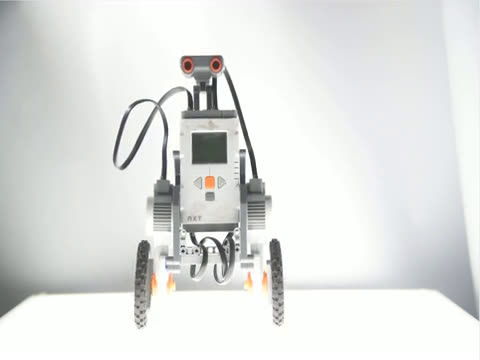A complex type of artificial intelligence (AI) can outperform existing models at anticipating which ladies are at the future danger of breast cancer, as per a study published in the journal Radiology.
Most existing breast cancer screening programs depend on mammography at comparative time intervals – typically, annually or every two years – for all ladies. This “one size fits all” approach isn’t enhanced for cancer detection on an individual level and may hamper the adequacy of screening programs.
“Risk prediction is an important building block of an individually adapted screening policy,” said study lead author Karin Dembrower, M.D., breast radiologist and Ph.D. candidate from the Karolinska Institute in Stockholm, Sweden. “Effective risk prediction can improve attendance and confidence in screening programs.”
High breast density, or a more noteworthy measure of glandular and connective tissue contrasted with fat, is viewed as a hazard factor for cancer. While density might be consolidated into risk assessment, current forecast models may fail to completely exploit all the rich data found in mammograms. This data can distinguish ladies who might profit by extra screening with MRI.
Dr. Dembrower and partners built up a hazard model that depends on a deep neural network, a type of AI that can remove immense amounts of data from mammographic pictures. It has inherent advantages over different strategies like a visual appraisal of mammographic density by the radiologist that will most likely be unable to catch all-hazard significant data in the picture.
The new model was created and trained on mammograms from cases diagnosed somewhere in the range of 2008 and 2012 and afterward contemplated on more than 2,000 ladies ages 40 to 74 who had experienced mammography in the Karolinska University Hospital system. Of the 2,283 ladies in the study, 278 were later diagnosed with breast cancer.
The deep neural network indicated a higher hazard association for breast cancer contrasted with the best mammographic density model. The bogus negative rate – the rate at which ladies who were not categorized as high-hazard were later diagnosed with breast cancer – was lower for the deep neural network than for the best mammographic density model.
“The deep neural network overall was better than density-based models,” Dr. Dembrower said. “And it did not have the same bias as the density-based model. Its predictive accuracy was not negatively affected by more aggressive cancer subtypes.”
The study discoveries support a future role for AI in breast cancer risk assessment.
“We are not reporting mammographic density currently,” Dr. Dembrower said. “In the introduction of individually adapted screening, we use deep learning networks trained to predict cancer rather than taking the indirect route that density offers.”
As an extra advantage, the AI approach can constantly be improved with an introduction to more high-quality data sets.
“Our deep learning experts at the Royal Institute of Technology in Stockholm are working on an update to the model,” Dr. Dembrower said. “After that, we aim to test the model clinically next year by offering MRI to the women who stand to benefit the most.”
Disclaimer: The views, suggestions, and opinions expressed here are the sole responsibility of the experts. No News Feed Central journalist was involved in the writing and production of this article.



